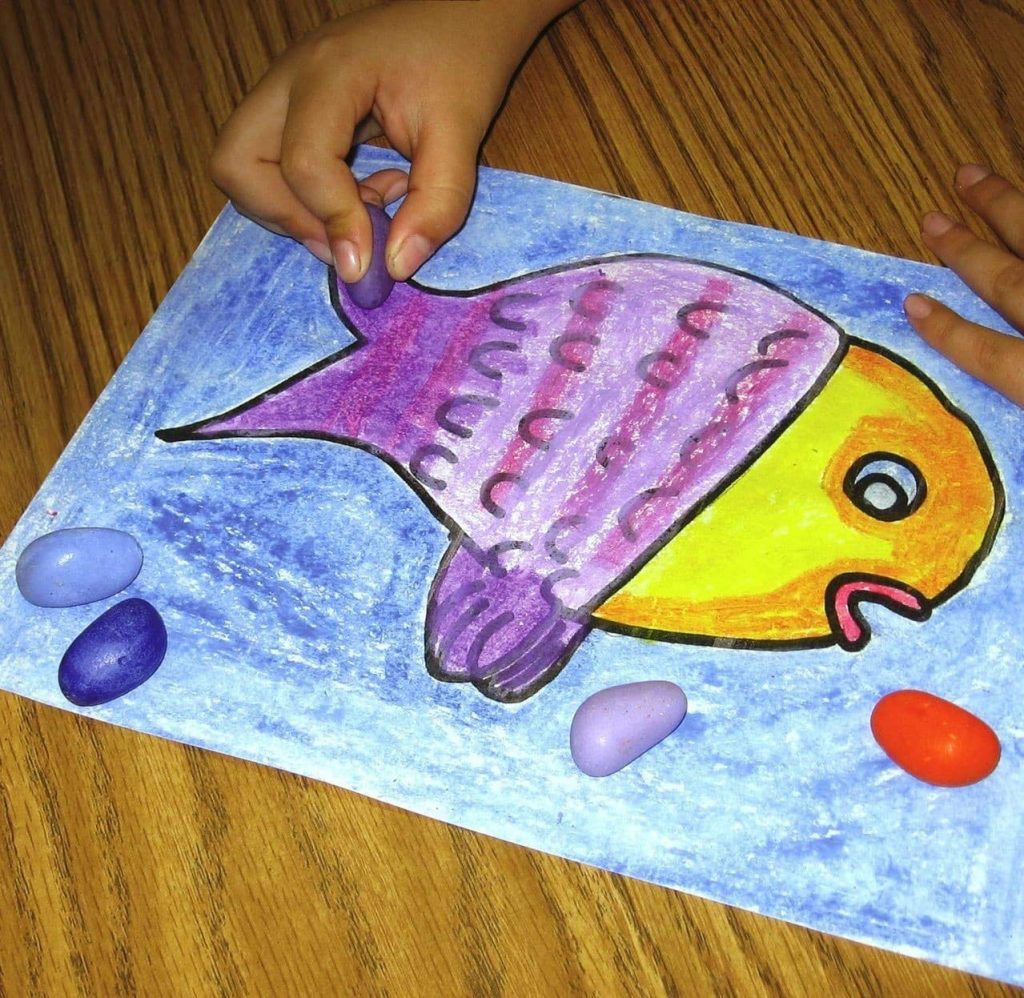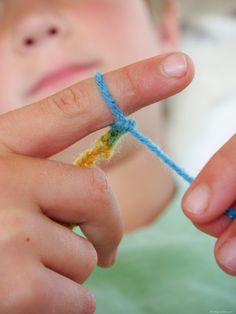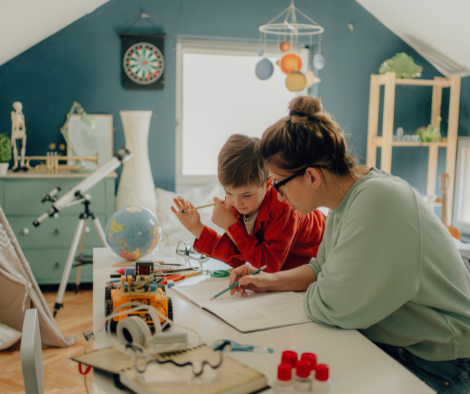How and why every family homeschools are different, but there are some universal tips I want to give you to make your homeschool journey easier.
Blog
My Favorite Toys: Rock Crayons for Building a Good Pencil Grip
Rock Crayons are a great way of helping your young child build the muscle strength needed for a proper pencil grip. And they are fun!
Handwork in your Homeschool — No Knitting Required
Handwork is a great addition to a homeschool plan. But it doesn’t always have to include knitting. Here are some easier crafts you can try.
My Favorite Toys for Imaginative Play
While using their imaginations, children learn how to interact with the world and other people. Here are some of my favorite toys for imaginative play.
Homeschooling Sensory Processing Disorder
Homeschooling your child with SPD takes some special planning. I have some tips on how to work sensory input into your day.
Eight Tips for Homeschooling Your ADHD Child
Homeschooling a child with ADHD can be rewarding and exhausting. Here is our list of tips to make your homeschool journey easier on you and your child.
Kanban your Kids: Chore Charts that Work
I need a new way to tell the kids to do their chores. We thought a Kanban board might help. Here is how we modified this business strategy to work in our home.
Does your child have signs of a learning disability?
Are you worried about your child’s progress this year? How do you know if she is demonstrating symptoms of a learning disability? Is it time to worry?
8 Tips For Overcoming Dysgraphia
Dysgraphia can seem an overwhelming struggle for both you and your child. But there are things you can do to help your child overcome dysgraphia.
What Kindergarten Should Be
Developmentally appropriate kindergarten has all but disappeared and our children are paying the price.
Making letters fun!
There are lots of great ways to teach and practice writing without actually writing. Here are a few ideas that teach letters with a multi-sensory approach.
What is developmentally appropriate education for ages 3-7?
Developmentally appropriate education is when the instruction aligns with what children are ready to learn. It meets them where they are and helps them grow.
The Developmental Stages of Writing – Why your preschooler isn’t ready yet!
Is your child ready to learn to write letters? There is a developmental path to writing. Working on the right skills at the right time makes all the difference.
Why OT’s Tell You to Learn Capital Letters First
Lots of programs teach upper and lowercase letters at the same time. However, learning capital letters first is a better strategy.
Drawing vs. Writing Letters – What’s the difference?
Learning to write letters, and not draw them, takes time and effort. It is critical to building good handwriting and being able to write quickly and well.
The 10 Signs of Reading Readiness
Sings of reading readiness can be divided into two categories: physical and language. Physical indicators of reading readiness are often the most overlooked.
















